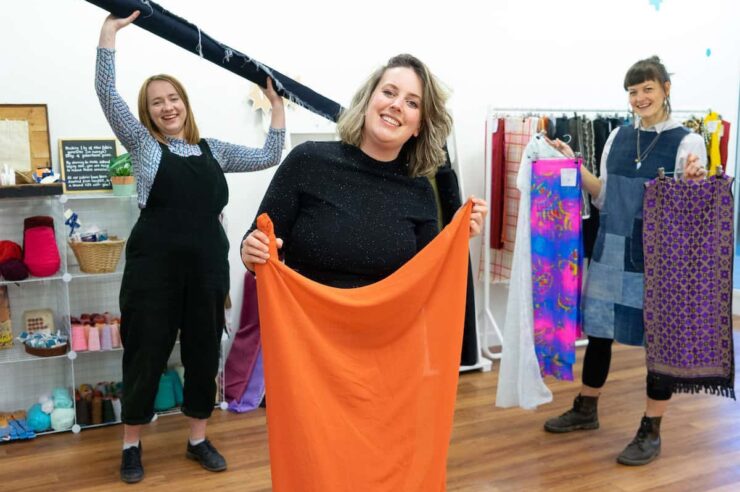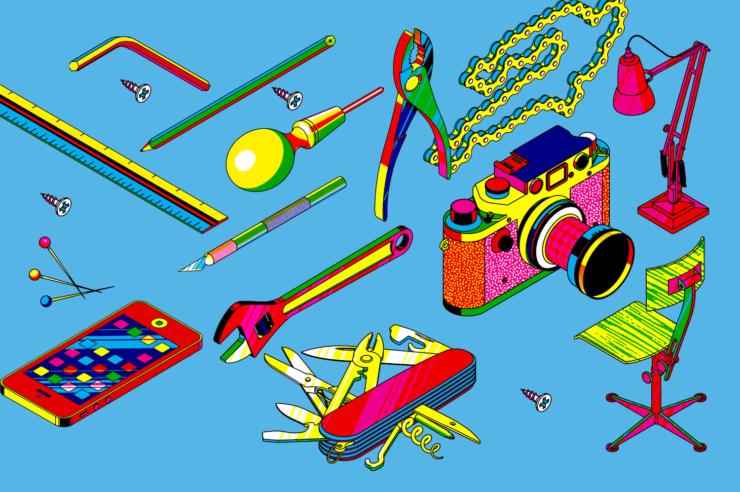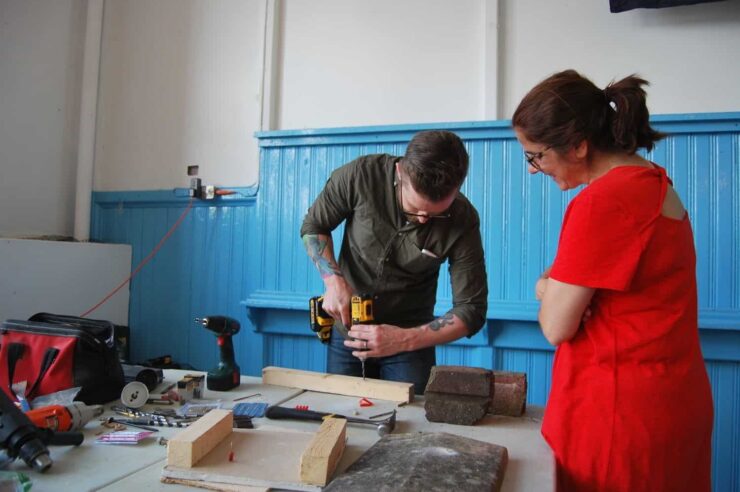The successful hacking of a ‘smart’ tractor marks the latest victory for the right to repair movement. Two advocates of the campaign, Michael Stead and Paul Coulton, highlight other wins for the campaign
The software that runs John Deere tractors was successfully “jailbroken” at this year’s DEF CON hacker convention, enabling farmers to repair or retune their equipment without engaging with the company that sold them their vehicles.
The hacker involved, who calls himself Sick Codes, was responding directly to US farmers’ long-standing concerns that their ‘smart’ tractors are run on software that only John Deere can access to repair. Smart tractors, including those manufactured by John Deere, are also widely used in the UK.
Sick Codes’ jailbreak was undertaken to “liberate the tractors”, he said. John Deere responded in a statement to Wired magazine that it works closely with cybersecurity partners and also “embraces the broader ethical hacking community” to ensure its security capabilities remain industry-leading. In March 2022, the manufacturer responded to pressure from farmers with the announcement that it would make more of its software repair tools available to customers and mechanics from next year.
The smart tractor is just one of thousands of machines and devices that have come to feature an additional layer of software on top of their traditional functions. By maintaining control over that software, manufacturers are afforded power over our devices long after the moment we purchase them.
Hacking tractor software is the latest example of the fightback against this power, called the ‘right to repair’ movement. Motivated by consumer rights and environmental concerns, it’s a movement that’s gathering pace worldwide. But our research shows the power remains firmly in manufacturers’ hands – for now.
Consumer exploitation
Owners of smart or ‘Internet of Things’ (IoT) devices – from smartphones to internet-connected coffee makers – may have experienced similar frustrations to the owners of John Deere tractors.
To encourage customers to purchase their latest device, some tech firms effectively shut down older models by withdrawing the digital support services that keep them up and running. Sonos, the smart speaker company, was forced to backtrack in 2020 after criticism of its plans to phase out its older speakers in this way. In an open letter addressing customers’ outrage, Sonos CEO Patrick Spence admitted that “we did not get this right from the start”.
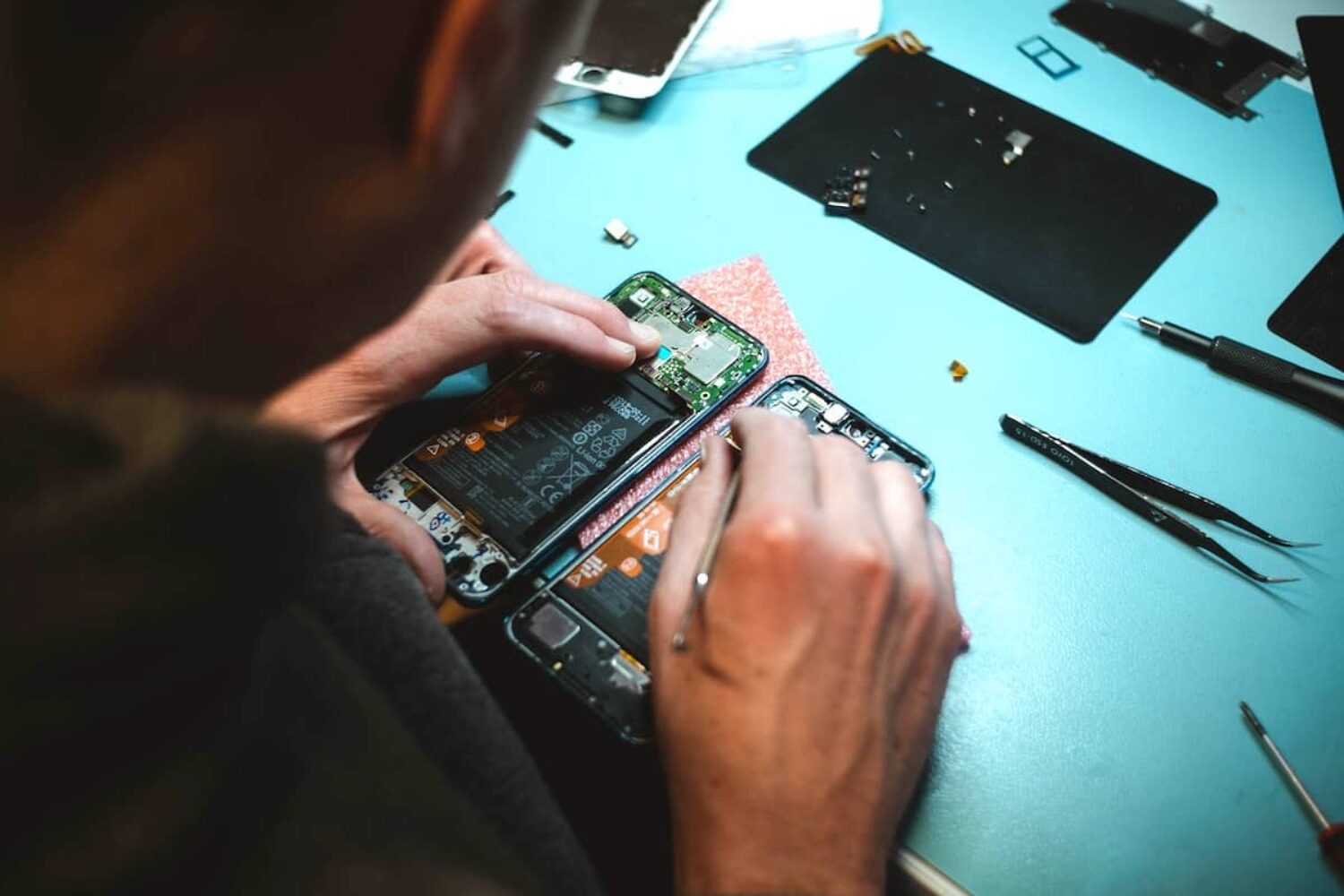
Smartphones are among the devices that are not built to last - or be easily repaired. Image: Kilian Seiler
Additional layers of software also allow manufacturers to control their customers’ access to features built in to their products. For instance, BMW now requires new customers to purchase a subscription to use the heated seats installed in the vehicles they own.
Many smart devices are purposefully designed to have short lives and to be quickly usurped by newer models, a manufacturing strategy termed planned obsolescence. Other practices, such as adjusting a smartphone’s battery performance via its operating system, have led to accusations of deliberate battery throttling by manufacturers to increase sales.
Manufacturers argue that their control over internet-connected products is necessary to protect consumers from cybersecurity threats. But that control sometimes seems to exploit their customers. It’s also a key factor in the increase in the number of devices going to landfill as electronic waste, or e-waste, and the extraction of more and more of the planet’s precious resources.
In 2019 alone, the world generated 53.6m tonnes of e-waste, a figure that is expected to grow to 74.7m tonnes by 2030. Across Europe, less than 40 per cent of e-waste is subject to sustainable recovery such as material recycling and reusable component harvesting.
By 2030, it is estimated there will be more than 25bn active smart devices worldwide. Many of these will be destined for landfill within a few short years if current manufacturing practices persist.
The right to repair
To address these issues, campaign groups like Repair.EU, Repair.org and The Restart Project have successfully lobbied governments to introduce ‘right to repair’ legislation for electronic products. These laws were first announced at the EU level in 2020 and came into effect across the UK in the summer of 2021.
On the surface, the legislation seemingly tilts the balance of power into the hands of consumers. The law encourages manufacturers to be more sustainable by designing their electronic products to be easier to repair. It also compels them to supply spare parts for ten years after their products’ initial production.
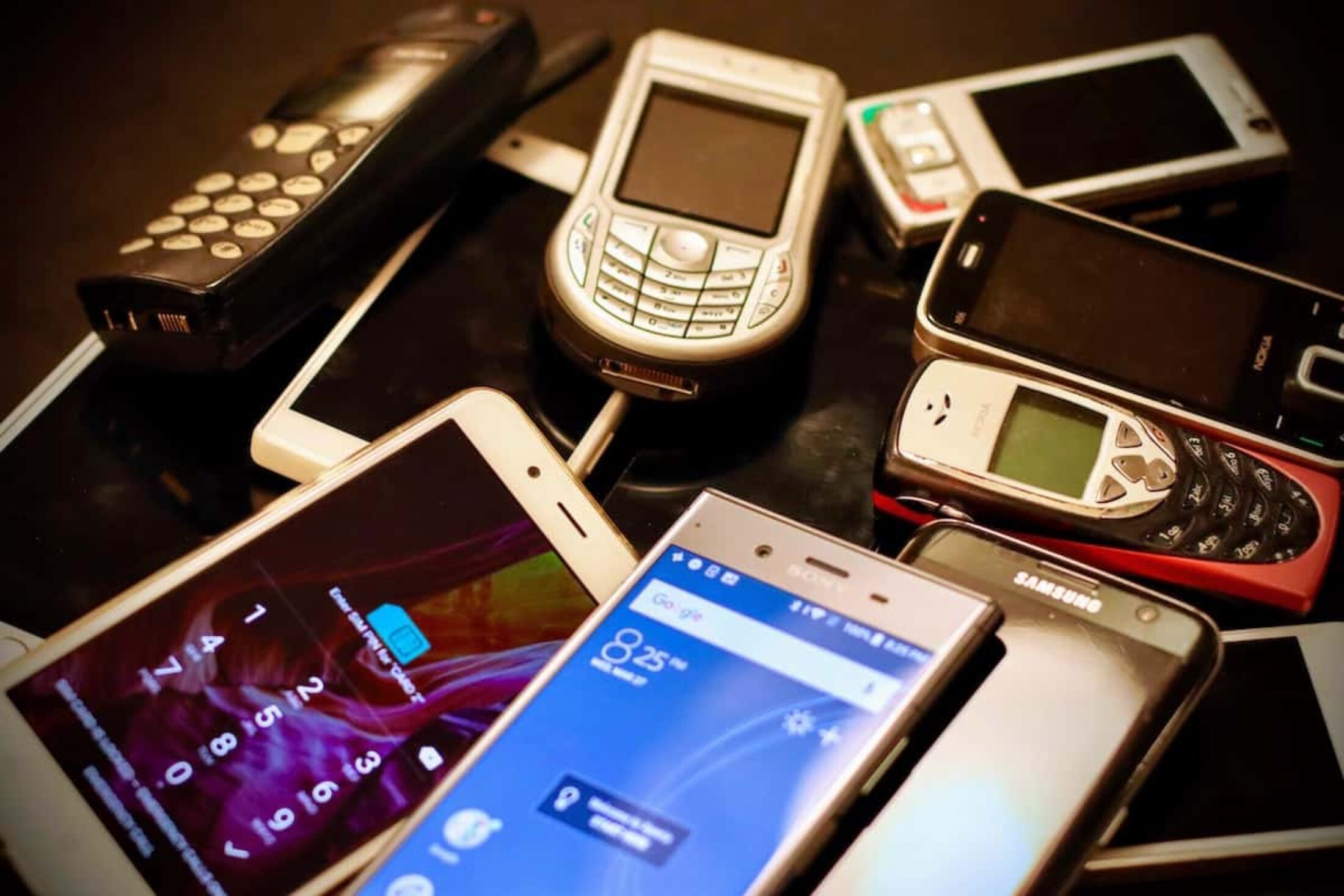
In 2019 alone, the world generated 53.6m tonnes of e-waste. Image: Eirik Solheim
Yet the reality is that manufacturers still retain the controlling stake. The current right to repair only extends to a limited number of products, such as washing machines, dishwashers, and refrigerators. It does not include smart, IoT devices, despite the growing volume of IoT e-waste.
Power to the people?
Appearing to support the right to repair, Apple initiated a product repair programme in 2022. But the firm loans its repair equipment to customers at a high cost and continues to promote serialisation, whereby only approved, expensive components can be used for repairs. The repair equipment itself has also been criticised for being cumbersome and difficult to use.
In a setback for right to repair activists, the UK government decided in June 2022 not to follow Europe and sign up to a common standard for the design of USB ports, which aims to reduce the tangle of different wires we all own. That decision will only bolster the lack of interoperability we experience between different devices and will hinder our ability to reduce IoT e-waste in the coming years.
Most importantly, our research has revealed, the general population lacks the capacity to repair their devices – in part because the tools to do so have been withheld from them for so long.
Community repair shops
To address this critical issue, we started The Repair Shop 2049 project to investigate how ordinary people could learn to repair their own devices. With this research, we have sought to challenge the status quo of manufacturer control by developing an open, citizen-led IoT repair centre in Blackburn, England.
Collaborating closely with The Making Rooms, Blackburn’s public makerspace and creative hub for digital innovation, our work is seeking to empower ordinary citizens with the knowledge, tools and confidence to repair and reuse IoT devices within their communities.
By maintaining control over software, manufacturers have power over our devices long after we purchase them
Our project involves makers, repairers, council leaders, consumers and manufacturing representatives. Our workshops have so far revealed a number of barriers: chiefly, a lack of public awareness of the right to repair, a shortage of practical expertise, and the friction generated by manufacturers’ presiding grip on device repair. However, there is also a deep enthusiasm for the project’s vision among the Blackburn community.
The upcoming Fixing the Future project will allow us to continue exploring local IoT repair initiatives alongside The Making Rooms, our research colleagues from Edinburgh, Nottingham, and Napier universities, and our new partners at Which? and BBC R&D.
Whether liberating tractors or granting people the ability to fix their phones, the right to repair movement aims to hand power back to the owners of devices. But by aligning with circular economy principles, the movement can also help communities reduce e-waste and contribute towards a sustainable, net-zero future.
Michael Stead is lecturer in sustainable design futures at Lancaster University, England. Paul Coulton is senior lecturer in design at Lancaster University, England.
This article is republished from The Conversation under a Creative Commons license. Read the original article.
Main image: Randy Fath
![]()
Help us continue to break the bad news bias
Positive News is helping more people than ever to get a balanced view of the world – one that supports their wellbeing and empowers them to make a difference towards a better future. And as our audience and impact grows, we’re showing the rest of the media that good news matters.
But the UK’s cost of living crisis is affecting our income, with fewer people able to commit to a magazine subscription – which has traditionally been our main source of funding. Plus, paper and printing costs keep rising.
We don’t want to put a paywall on our website, because we believe everyone should have the chance to benefit from good news. But we won’t be able to continue funding our online reporting without your help.
If you value what we do and can afford to, please consider making a one-off or regular contribution as a Positive News supporter. We need 1,000 readers to contribute just £3 per month to get us through this challenging time.
And remember, as a not-for-profit, we work only in service to you, and all funds go towards our journalism.


